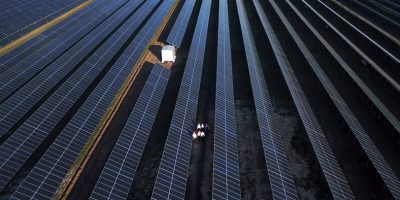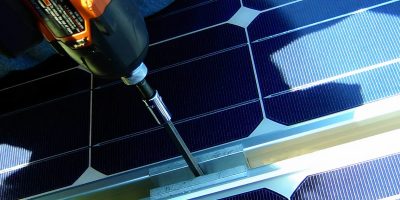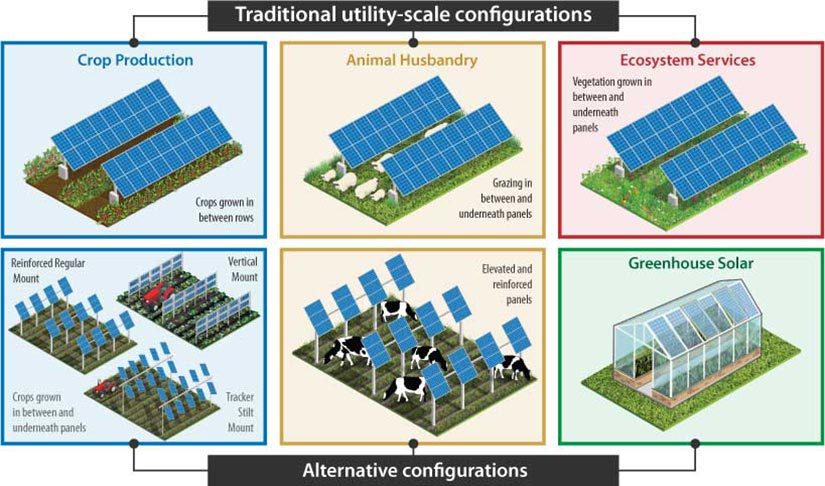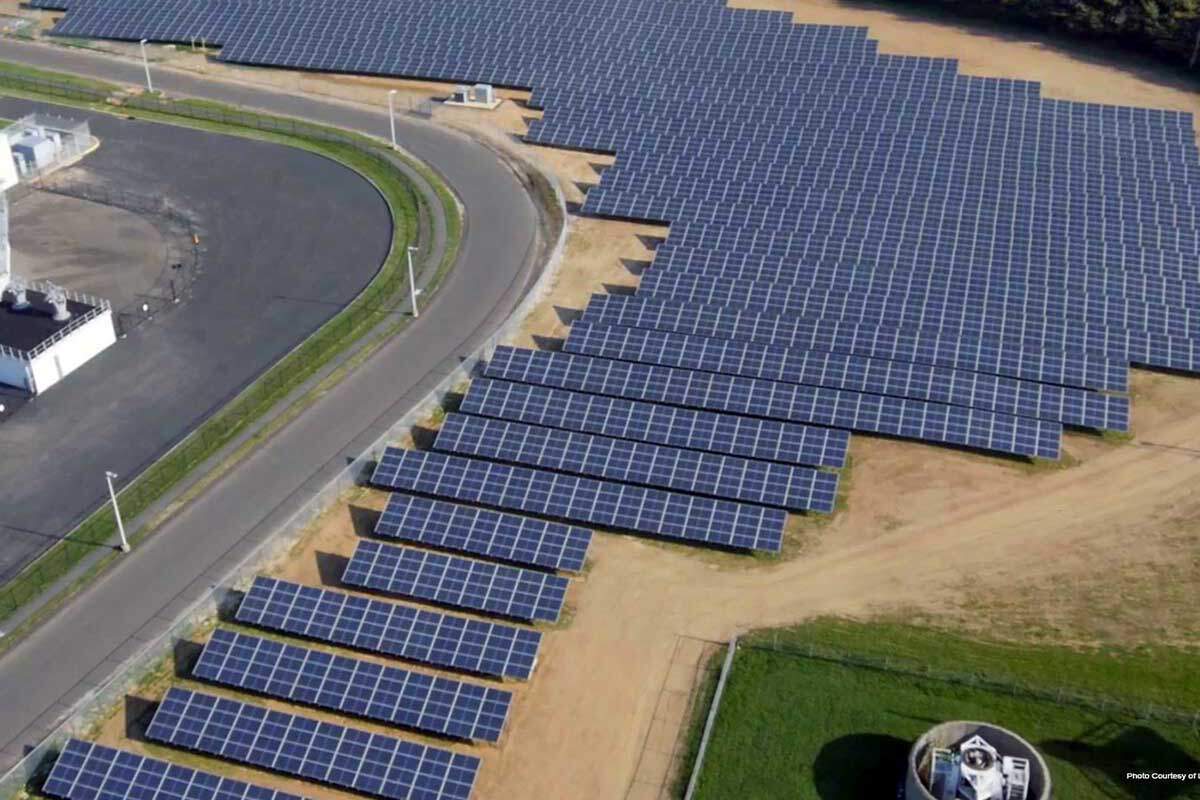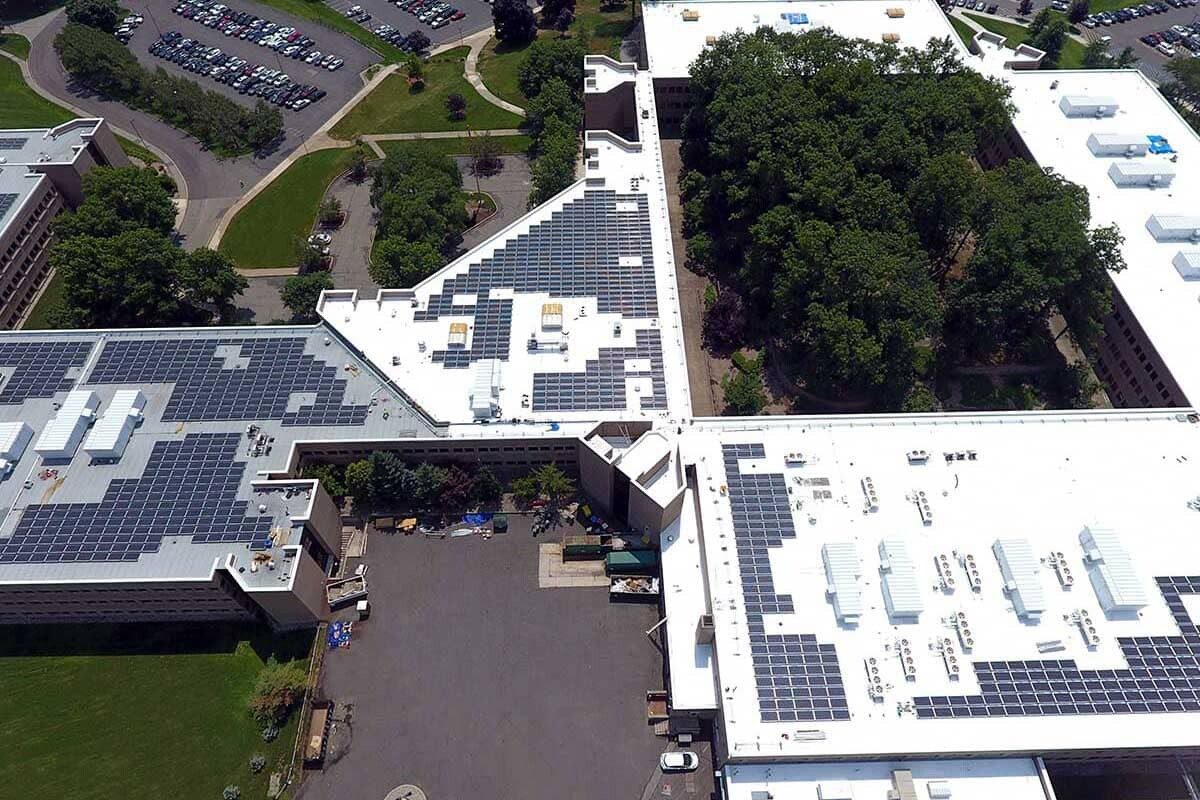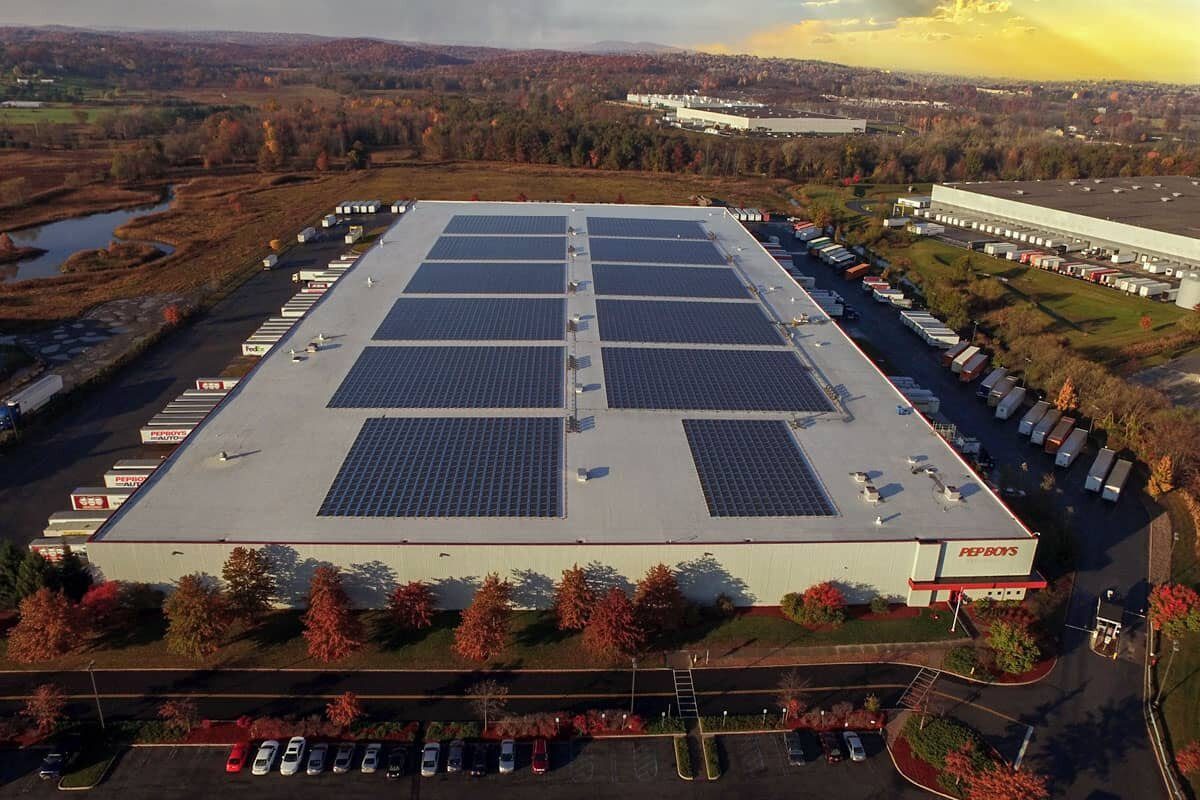
Agrivoltaics | Dual Use Solar
LOW IMPACT
SOLAR
Pfister Energy’s team of seasoned professionals engineers, installs, and maintains numerous types of solar installations, including agrivoltaics. We have nearly twenty years of experience in solar and renewable energy which makes our company among the most knowledgeable solar energy firms in the Northeast.
We will work with you from start to finish on your agrivoltaic installation, including consulting, designing, implementing, operating, and providing financing options.
Agrivoltaics are a way to combine solar energy with agriculture and have your land serve a dual purpose.
COMING SOON TO
A FARM NEAR YOU?
Agrivoltaics is land use for both agriculture and solar photovoltaic energy generation. It’s also sometimes referred to as agrisolar, dual-use solar, or low-impact solar. Another variation of agrivoltaics is called solar grazing, where livestock graze in and around solar panels.
Utilizing agrivoltaics allows agriculture and solar energy production to complement each other instead of competing. Working lands can stay working, which could allow farms to diversify their income. Other benefits to an agrisolar system include energy resilience and a reduction in the farm’s carbon footprint.
There is research being done to experiment and collect data on what crops, pollinator plants, and/or livestock work best with photovoltaic installations. This will provide more information to farms interested in agrivoltaics, and will offer many exciting opportunities to farmers to expand their operations and growing capabilities.
THE 5 C'S of agrivoltaics
- Climate and Environmental Conditions: the chosen location must have appropriate ambient conditions for both solar generation and the desired crops and/or livestock.
- Configurations and Design: the choice of solar technology, the layout of the site, and the type of infrastructure will affect both solar and agricultural production.
- Crop Selection and Cultivation: Agrivoltaic installations should include the selection of crops or ground cover that will not only thrive under the panels but are also profitable in local markets.
- Compatibility and Flexibility: the agrivoltaic project should be designed to accommodate the competing needs of solar owners/operations and farmers/landowners to allow for efficiency in agriculture and solar.
- Collaboration and Partnerships: for the agrisolar project to succeed, communication is key. Pfister Energy will communicate with you through all steps of the project to ensure the best results from the project.
INCENTIVES
AND BENEFITS
Farmers and solar energy developers can both benefit from co-locating solar and agriculture.
Benefits to farmers and landowners include:
- Additional revenue through financial agreements or land lease payments.
- Shade provided by PV panels may reduce water requirements leading to potential water savings.
- Potential extension or modification of growing seasons caused by changes in temperature, shade, and water absorption in the soil around PV panels.
- The ability to market crops to sustainability-minded consumers.
- Degraded land could see a nutrient and land recharge.
Benefits to solar owners/operators include:
- By using grazing livestock to reduce, or eliminate, mowing there is the potential for reduced solar operation and maintenance costs.
- The vegetation underneath the panels can potentially increase the PV performance through cooling the panel with evapotranspiration.
- There are economic opportunities for rural communities such as local job creation and tax revenue.












